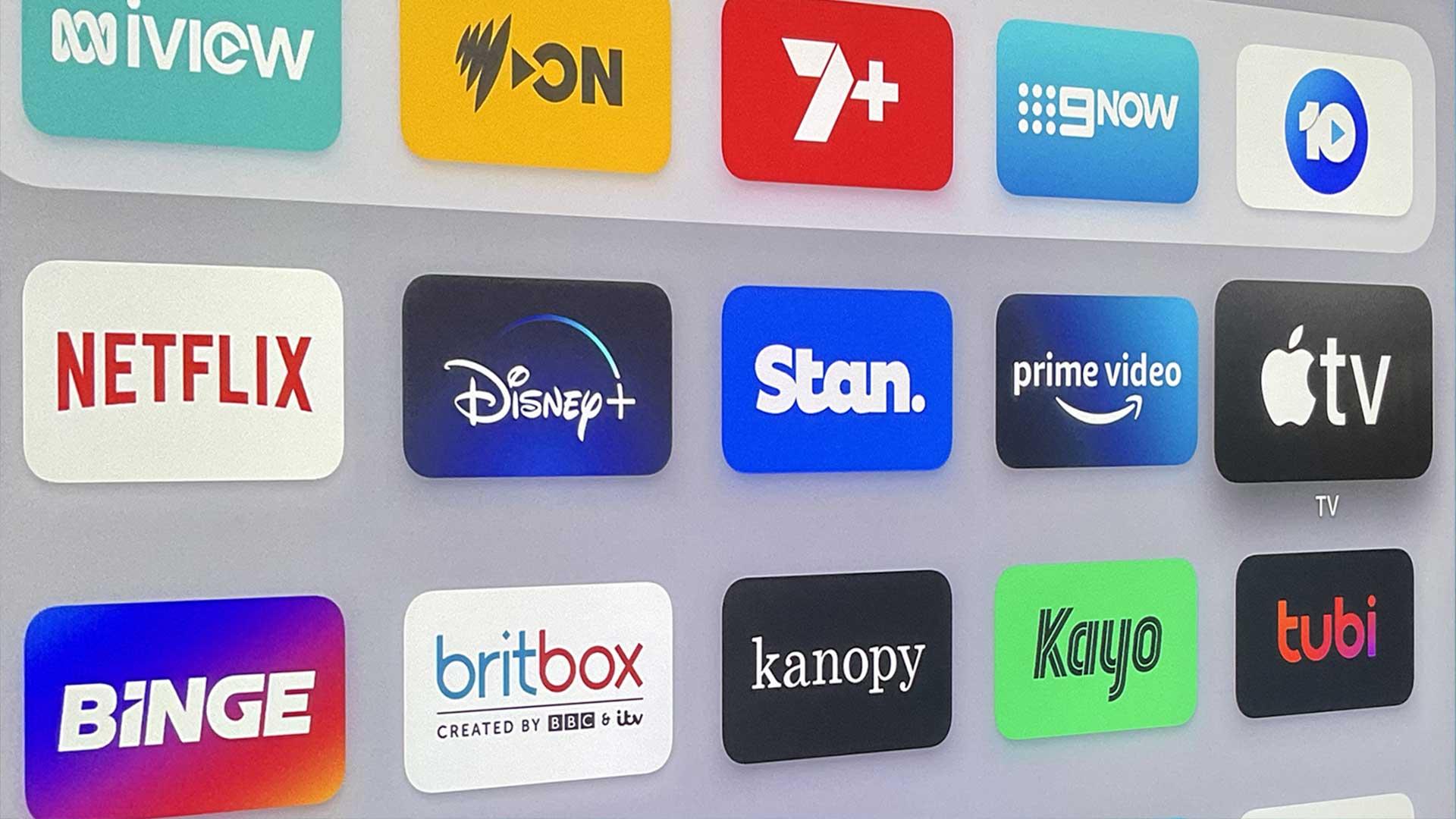As streaming platforms continue to dominate the entertainment landscape, the demand for diverse and accessible content has never been higher. Among the myriad of choices available, family-friendly programming holds a significant place, catering to audiences seeking wholesome and engaging options for all ages. However, a pertinent question arises: should these platforms provide more ad-free options specifically for family content? This article delves into the implications of such a move, examining the potential benefits and challenges for both consumers and providers. By analyzing current trends, consumer preferences, and industry dynamics, we aim to explore whether enhancing ad-free offerings could be a strategic advantage in the ever-competitive streaming market.
Evaluating the Current Landscape of Family Content on Streaming Platforms
As families increasingly turn to streaming services for their entertainment needs, the variety and quality of family-oriented content have become pivotal factors in subscription decisions. Major platforms are investing heavily in creating and acquiring content that caters to diverse age groups, yet the availability of ad-free options remains inconsistent. While some services offer comprehensive family plans with ad-free experiences, others still rely on ad-supported models, which can disrupt the viewing experience, especially for younger audiences.
Key considerations when evaluating the current landscape include:
- Content Variety: Are there enough options that appeal to both children and adults?
- Age-Appropriate Filtering: Can parents easily control what their children watch?
- Cost vs. Benefit: Is the additional cost of ad-free plans justified by the viewing experience?
- User Experience: How seamless is the transition between different types of content?
Platforms that strike a balance between diverse, high-quality content and user-friendly, ad-free experiences are more likely to retain family subscribers. As the demand for family content grows, streaming services must evaluate these aspects to stay competitive.
Understanding Consumer Preferences for Ad-Free Viewing Experiences
As streaming platforms continue to evolve, understanding what drives consumer preferences for ad-free viewing experiences becomes crucial. The demand for uninterrupted content is not just about avoiding ads; it’s about enhancing the overall viewing experience. Families, in particular, seek seamless storytelling that aligns with their values and time constraints. This desire is shaping the future strategies of streaming services, pushing them to offer more flexible options tailored to diverse audience needs.
Research indicates several key factors influencing the shift towards ad-free content:
- Quality Time: Families often prioritize ad-free content to maximize quality time spent together without interruptions.
- Content Control: Parents appreciate the ability to control what their children watch, ensuring it aligns with their values.
- Viewing Experience: A seamless experience can enhance engagement, making the content more enjoyable and memorable.
These insights suggest that offering ad-free options could be a strategic move for platforms aiming to capture a loyal family audience, ultimately impacting subscription models and revenue streams.

Analyzing the Economic Implications for Streaming Services
Offering more options for ad-free family content could significantly impact the economic landscape of streaming services. Revenue models primarily reliant on subscription fees might experience shifts in profitability. By enhancing ad-free offerings, platforms could attract a larger subscriber base, potentially increasing customer loyalty and reducing churn rates. However, this approach requires a careful analysis of pricing strategies to ensure that the loss of ad revenue is effectively compensated by subscription gains.
- Subscriber Growth: More families might opt for subscriptions, attracted by uninterrupted content.
- Brand Loyalty: Enhanced user experience can foster a deeper connection with the platform.
- Content Licensing Costs: Investing in diverse family content might increase initial expenditure.
Conversely, there are challenges in balancing content acquisition costs with the need for competitive pricing. Streaming platforms must weigh the potential for increased subscriptions against the loss of ad revenue and the expenses incurred from acquiring and producing exclusive family content. Ultimately, a strategic approach, perhaps involving tiered pricing models, could mitigate these economic implications while satisfying diverse consumer demands.

Recommendations for Enhancing Family-Friendly Offerings Without Ads
To enrich the selection of ad-free family content on streaming platforms, providers can explore a range of strategies that prioritize quality and accessibility. One effective approach is to curate exclusive family-friendly collections that cater to diverse age groups and interests, ensuring that there’s something engaging for every member of the family. This could involve creating original content tailored for family viewing, leveraging partnerships with educational and entertainment brands, or acquiring rights to beloved classics.
Moreover, implementing flexible subscription models can enhance accessibility to ad-free content. For instance, offering tiered pricing plans allows families to choose options that best fit their viewing habits and budget. Additionally, platforms can integrate parental controls and customizable profiles to ensure a safe and personalized viewing experience for younger audiences. By focusing on these enhancements, streaming services can provide a more satisfying and interruption-free environment for family entertainment.



